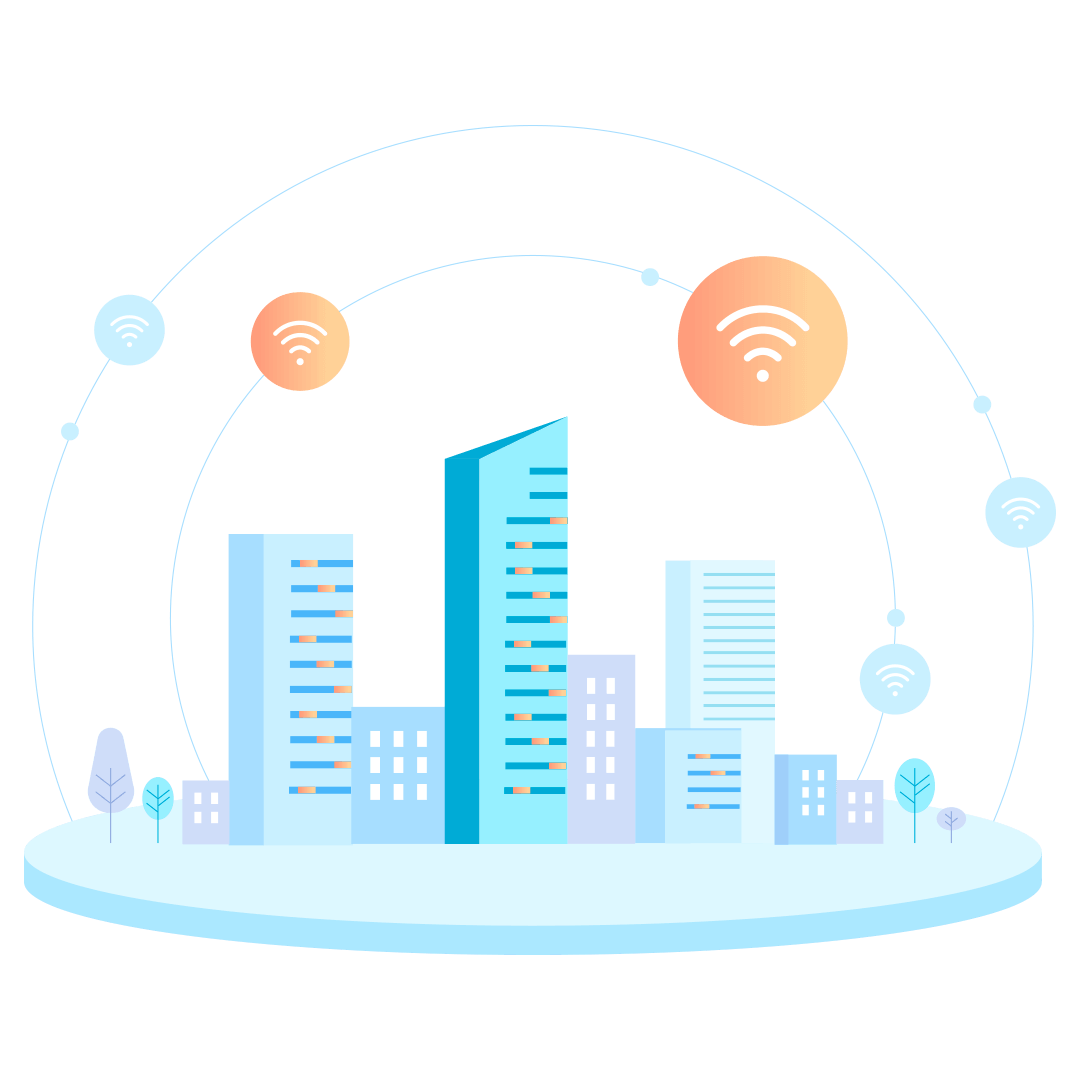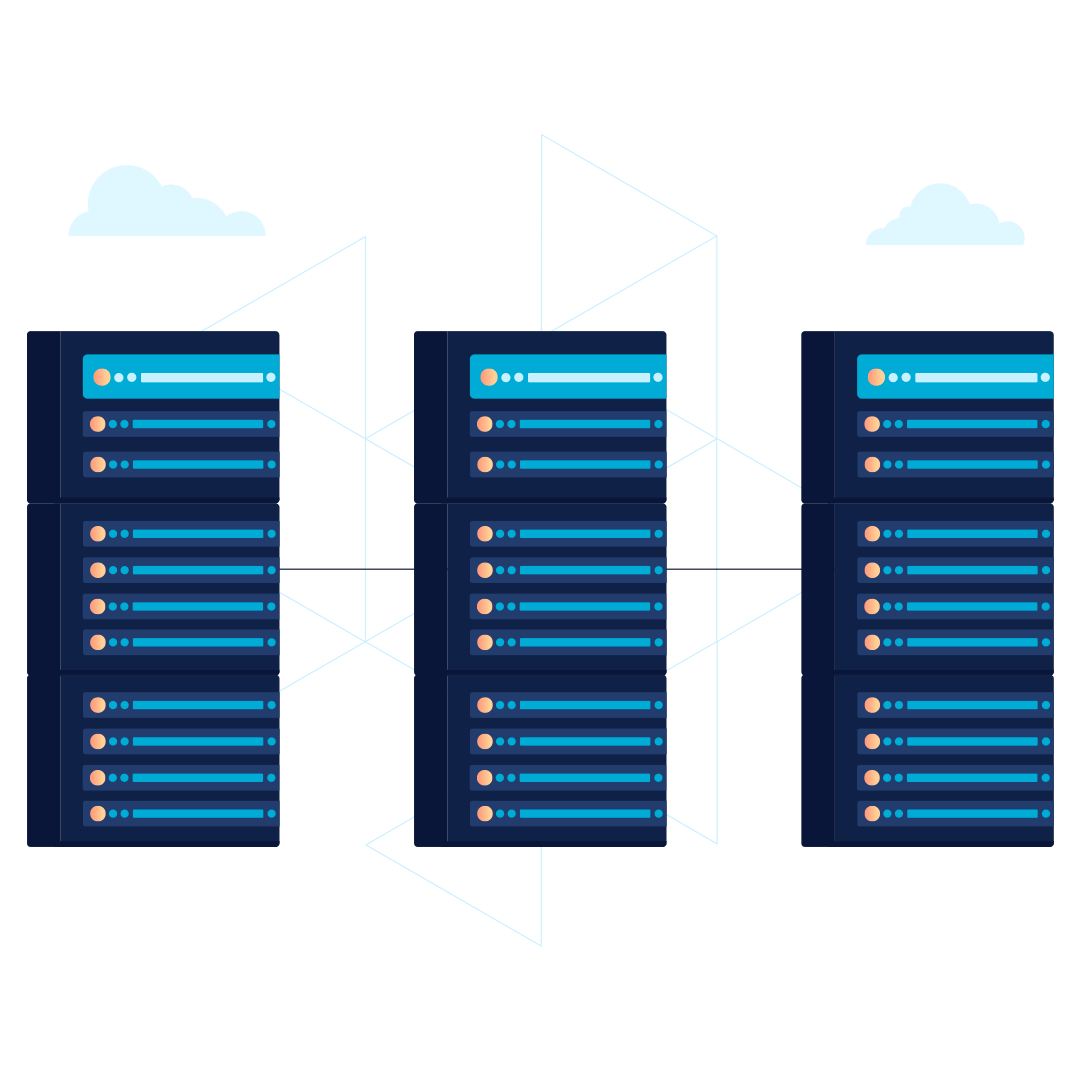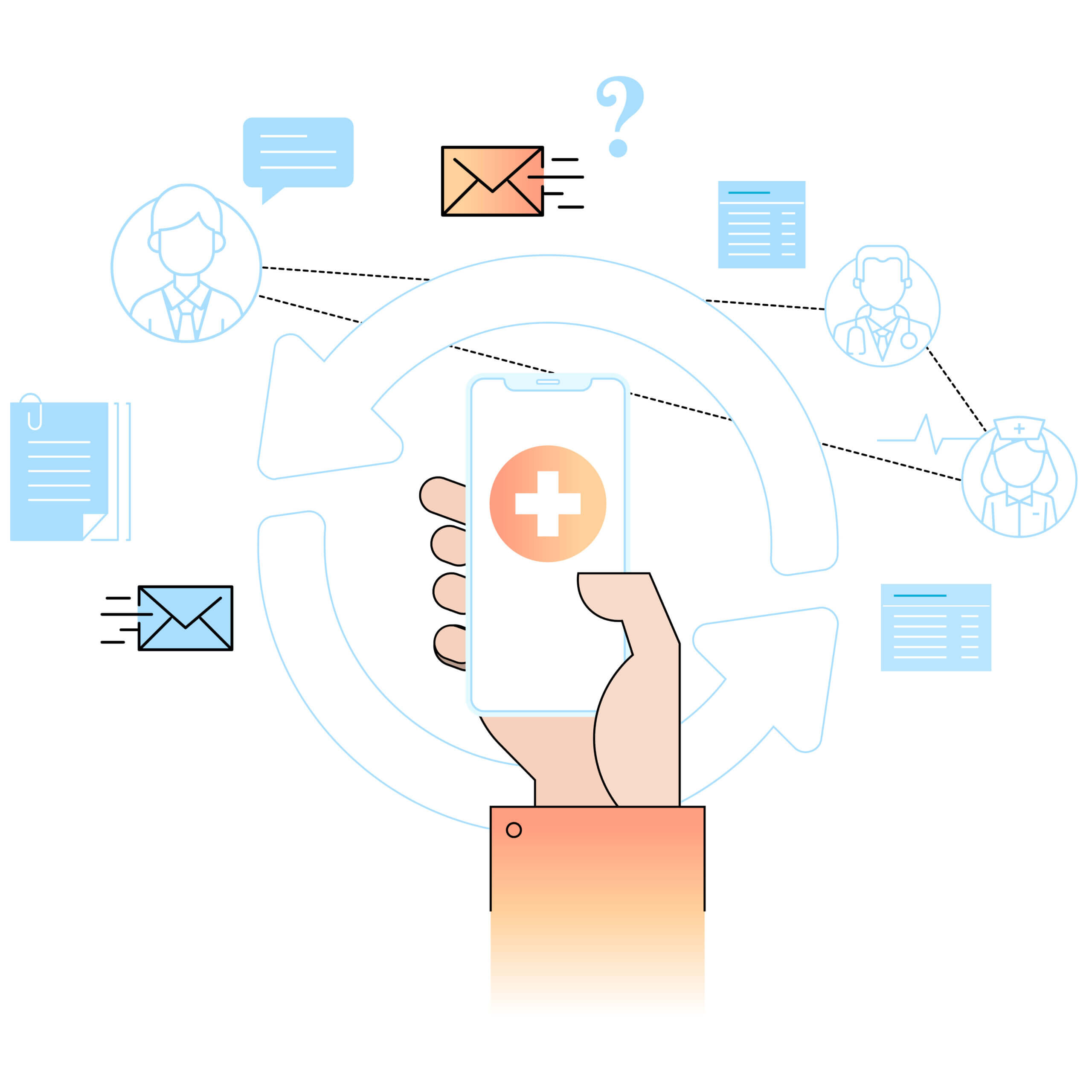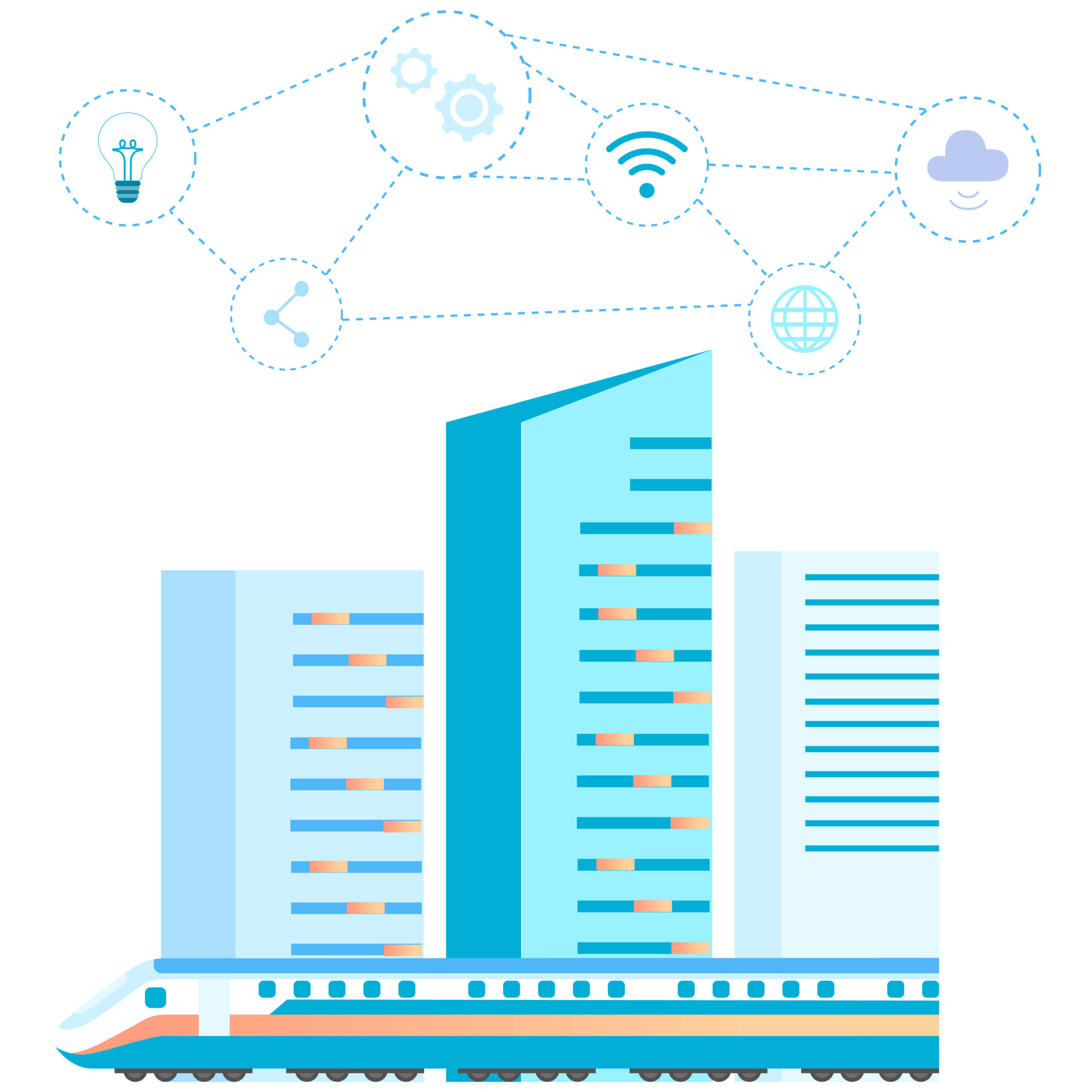Where is the Philippine ICT Heading in 2020?

Philippines is becoming one of the emerging tech regions in Asia as strong public investments are expected to support the country’s economic growth. More than ever, the Philippine Government recognizes the need for strengthening efforts to widen the reach of ICT in the Philippines. In line with this, P5.2 billion is allocated for the Department of Information and Communications Technology (DICT) for 2020 to support its efforts in rolling out interconnectivity and data security programs.

Of the overall budget, P1.1 billion will be used to install free WiFi in public places. Some P280 million will be used to fund free Wi-Fi facilities in state universities and colleges while P196 million will be for the National Broadband Plan.
Furthermore, it is also envisioned that around P295 million is needed on creating the National Government Data Center (NGDC) which will serve as the physical infrastructure that will interconnect government agencies through centralized data centers, servers, and storage facilities.

The Market Potential of ICT in the Philippines
According to the 2015 Frost & Sullivan report, there is going to be a shift in total spending in the ASEAN IOT Market. Singapore, the undisputed leader with 44.25% of total IoT spending, will drop by close to the 50%
while the Philippines share will increase by 12%. This only means one thing, the Philippine IoT spending is forecasted to grow from US $55.1M in 2014 to a staggering US $766.8M in 2020. We are about to see the emergence of Philippine’s ICT Market.
Considering that the Philippines is a country with a young population that is in the process of building its ICT market, it is poised at creating a government, as well as companies, that are actively looking for partners in the ICT space.
Key Areas in ICT Development:
Back in 2014, Manufacturing and Logistics has the biggest share of spending in ICT. However, the sectors of banking, healthcare and smart city hold a lot of promise for future investments of ICT.
Banking
In a study done by the World Bank, it is said that 69% of Filipinos did not have bank accounts in 2014. This factor, combined with the rise of online shopping, presents a gigantic opportunity for e-wallet operators in the ICT space, as they could easily claim roughly two-thirds of the Philippine population as potential customers.


Healthcare
Meanwhile, in the latest Philippine Statistics Authority report, health-related expenditures pose an 8.3% increase in total spending in 2018 compared to the previous year contributing 4.6% to the country’s GDP. In effect, the Philippine government has been also actively looking at ICT services for healthcare solutions in an effort to provide a sufficient level of health care, especially to rural areas and spread-out island communities.
Smart Cities and Infrastructure
Smart Cities are an important component in growing digital economies, as it incorporates sustainable growth and deep technological integration into the country as well as giving substantial economic boost. The Philippines have planned for multiple smart city projects that will be launched over the next decade such as the New Manila Bay City of Pearl and New Clark City being the core developments. The New Clark City alone is predicted to contribute an additional USD$31 billion to the country’s GDP.

Factors Driving ICT Spending Increases in 2020

Upgrading Infrastructure
We are all aware that the world of technology is fuelled by continuous advancements. Upgrading ICT infrastructures, which remains to be the main driver of ICT spending increase, is an imperative for businesses because keeping legacy ICT infrastructures can expose your business to risks like system downtimes, decreased productivity, security issues, and increased cost.
Growing Security Concerns
The threat of cyberattacks remains as one of the biggest challenges that the Philippines is facing nowadays. The growing number of aggressive and malicious hackers targeting businesses is not to be shrugged off. A study by Frost & Sullivan states that a large-sized organization in the Philippines can possibly incur an economic loss of $7.5 million, more than 200 times higher than the average economic loss for a midsized organization ($35,000). Organizations should invest in a robust unified threat management system that protects their most valuable assets, data and information.


Employee Growth
The abundance of human and talent resources in the Philippines presents an under-tapped national asset that is ripe for mobilization. Building a thriving ICT ecosystem requires a mechanism to complement this opportunity with a conducive policy and business environment that can optimize productivity and increase competitiveness. For instance, ICT innovations, such as higher broadband speeds first introduced through the BPO sector’s rigorous global requirements, are slowly becoming mainstream requirement in other industries like banking, education, the government, and even at home.
Ready to Get Started?
Ready to
Get Started?
In the end, we at MEC look forward to how the private and government sectors will strengthen the partnership and move past industry boundaries to build on the momentum of digital growth that will promote balanced regulation, empowered innovative endeavors, and boosted competitiveness for inclusive growth of all Filipinos.

